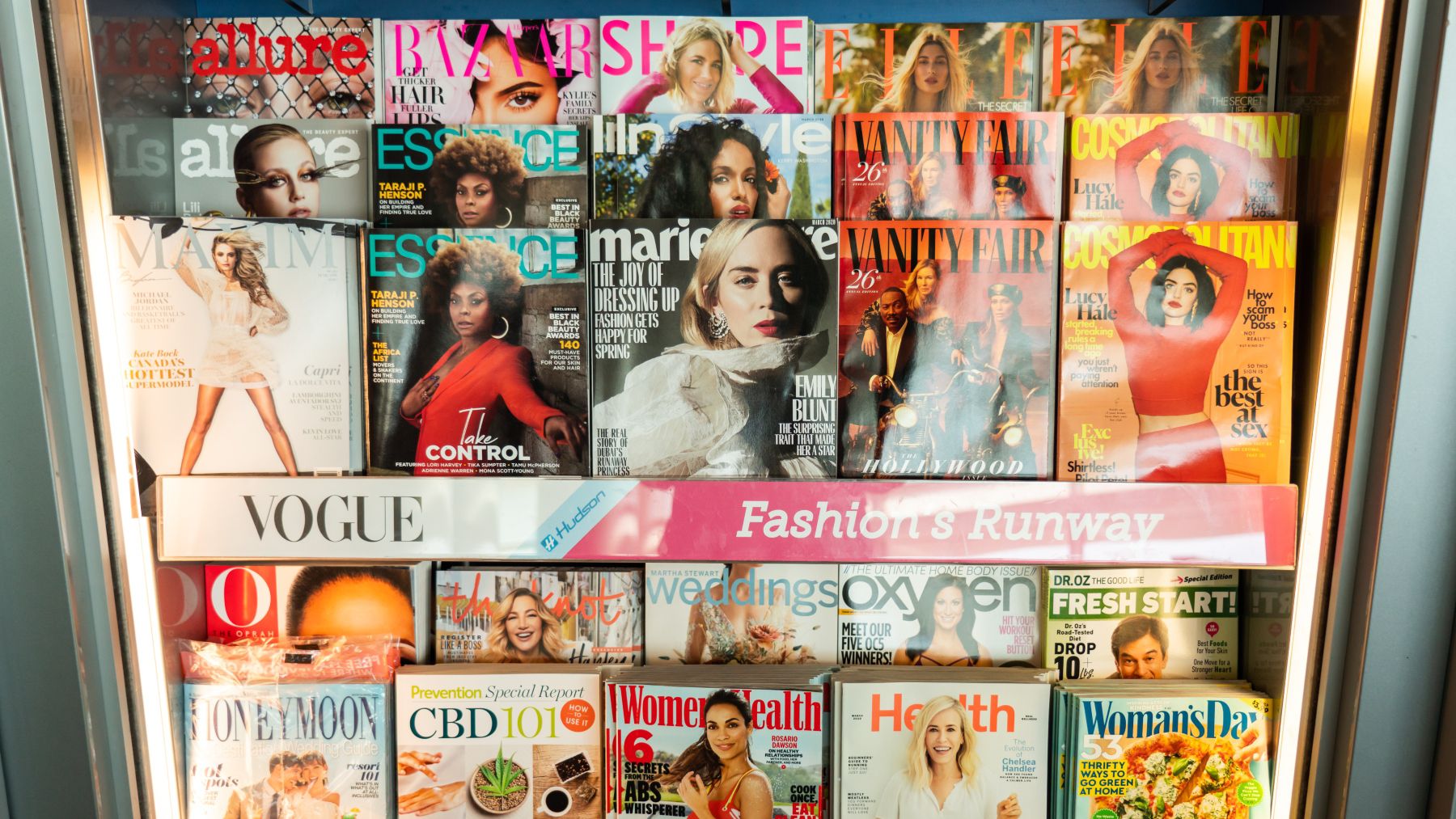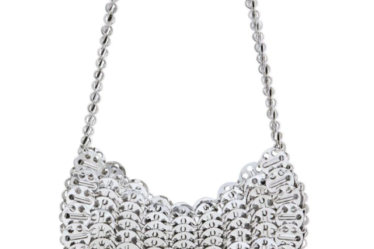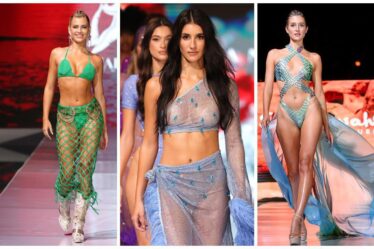

When Valeria Palmertree, an independent public relations consultant, was working to place one of her clients, a “small, sophisticated jewellery brand” on the website of a lifestyle magazine, she thought it would be a seamless fit. She had a good relationship with an editor, and said the brand was “very well aligned” with the outlet’s overall aesthetic and ethos.
But there was a roadblock: the brand wasn’t yet part of an affiliate network, the platforms that track when readers make a purchase, allowing publications to get a commission on sales when readers click on links to products in their articles.
Her client, Palmertree said, was wary of giving up a cut of their profits when they were still operating on such a small scale. But after over a year of trying for editorial placements to no avail, she convinced them to try signing up for ShareaSale, an affiliate network that works with top publishers.
“We set her up, we pitched the brand, and within a matter of weeks, there was an inclusion,” she said.
To nab a mention in a major publication online, offering affiliate links has become something of a requirement in today’s media landscape. In a survey of over 100 brands and agencies from Awin and Digiday, nearly half plan to allocate at least 40 percent of their marketing budgets to affiliate programmes this year, and 17 percent plan to allocate over 80 percent.
As the traditional media business model of selling ads has become less lucrative, publishers have sought alternative ways to generate revenue. Revenue from affiliate links has made up for some of the decline, a trend that accelerated during the pandemic.
Publishers have put muscle behind these efforts, adding teams tasked with creating shoppable content. Vogue’s masthead lists seven full-time commerce staffers — more than it has on its features team. InStyle has a commerce team of 16, including a writer dedicated to Amazon; there are 13 people on its editorial team. Glamour has a commerce team of four compared to a traditional fashion editorial team of two. Cosmopolitan employs a shopping (another term for commerce) team of four.
Spokespeople for DotDash Meredith, Hearst and Condé Nast did not respond to requests for comment for the story.
The growing importance of affiliate income to media companies’ bottom lines has fundamentally changed how fashion editors choose which clothes, bags and shoes to feature.
“Editors have a much larger job these days,” said Kelsey Ogletree, a journalist and the founder of Pitchcraft, a software platform connecting publicists and small businesses with writers and editors. “They’re considering not only is this product worthy of editorial coverage, but also what is the money-making potential for their publication.”
However, the growing importance of affiliate links to the bottom line brings with it questions around whether they’ll eventually hit a point of diminishing returns. If a magazine recommends a product, is it because an editor has truly tested and loved a product? Or is it because that product sells particularly well, or that brand offers a higher commission to the publisher than a competitor?
Those lines have always been blurred — editors have long been encouraged to feature advertisers in photos or other editorial content. But brands, publicists and marketing experts say link between conventional ads and content wasn’t so all-consuming.
“With media, there’s an expectation going in that these are supposed to be places you can trust for product recommendations, there’s supposed to be that separation of church and state with advertising,” said Palmertree. “It feels like there’s a little bit of a blurred line there now that maybe didn’t exist before.”
The Changing Landscape
Affiliate links have prompted a shift for publicists, too, as they now must make affiliate placements along with organic press mentions. The expectation is that they’ll be able to guide their clients through the affiliate network onboarding process, then land placements in shopping round-ups. The holy grail is having a product reviewed on its own.
Jennifer Bett Communications launched an affiliate division last year specifically focussed on getting clients placements in link-driven shopping roundups or articles, one of several public relations agencies to create such a team. As well, affiliate marketing agencies have started hiring more traditional publicists to integrate that aspect into their businesses, said Parrish Essell, agency new business team leader at ShareaSale.
Uniting the press and affiliate links placement teams under one roof leads to “higher quality affiliate content,” said Melissa Duren Conner, JBC’s managing director.
Affiliate networks themselves also have direct relationships with publishers, added Essell, who will ask for recommendations on brands with interesting, unique products — and a compelling commission rate.
“The business side and the editorial side used to be really separate,” she said. “What we’re hearing from a lot of our publishing partners is that those … have to work together.”
The Cost
Affiliate marketing is more time and labour-intensive than other forms of marketing, like paid social, which simply involves creating the ad and uploading it to the platform. Affiliate involves maintaining relationships with publishers, and often requires the manpower of an in-house expert or an agency partner.
And it requires giving up a percentage of earnings — publishers often expect or require as much as 20 percent, said Essell, higher than an influencer typically receives.
“Five beauty brands vying for one spot, what helps them get over the edge? Likely the affiliate rate,” said Duren Conner.
There are still some holdouts: Zara doesn’t participate in affiliate programmes. But many brands feel they don’t have a choice but to play the game.
Otherwise, “there are just gonna be certain stories that you’re going to wish you’re in that you may not be,” said Duren Conner. “It’s going to make it harder, especially if you’re a young brand.”
There are other ways to secure a coveted media mention such as through stories that focus on a brand’s backstory, business strategy or its founder, rather than purely encouraging readers to make a purchase.
Though editors are often still thinking about affiliate links, even then.
“The first couple of years of telling the brand’s story will determine how well a brand can convert and perform on an affiliate piece down the line,” said affiliate marketing consultant Emma Grace Moon.
The Benefits
Apparel and accessories brand Frances Valentine waited six years after its 2016 debut to launch a full-blown affiliate program. Originally it was meant to increase awareness among influencers, but it’s led to an influx of traditional press coverage, too, said Florencia Gilardoni, the company’s marketing director.
After launching its affiliate program, “it skyrocketed as one of the top channels that consistently gives us revenue,” said Gilardoni.
That press coverage has paid off for Frances Valentine in multiple ways. The brand dressed Melissa McCarthy for Booking.com’s Super Bowl ad that aired last month, a high-profile opportunity that Gilardoni said was made possible by the boost in media attention.
“That’s something that probably would not have happened without the press coverage for her stylist to notice us,” she said.
For Jeannie Shin, director of marketing at luggage brand Calpak, she also found that joining an affiliate network in 2018 encouraged editors to link directly to their website, rather than one of their retail partners, always a wish for brands.
Before adding affiliate to its marketing mix, the brand was losing out on valuable data.
“We’re not seeing who the customer is, we’re not able to retarget this audience and grow that business,” she said.
Of course, just as influencers have had to contend with the question of trustworthiness in their recommendations, so do publishers. Shilling every product that might convert, no matter if it’s a fit for the publication appears in or not, rarely ends well.
“Editor picks do lose some of their meaning when they’re being driven by affiliate programs,” said Ogletree.



